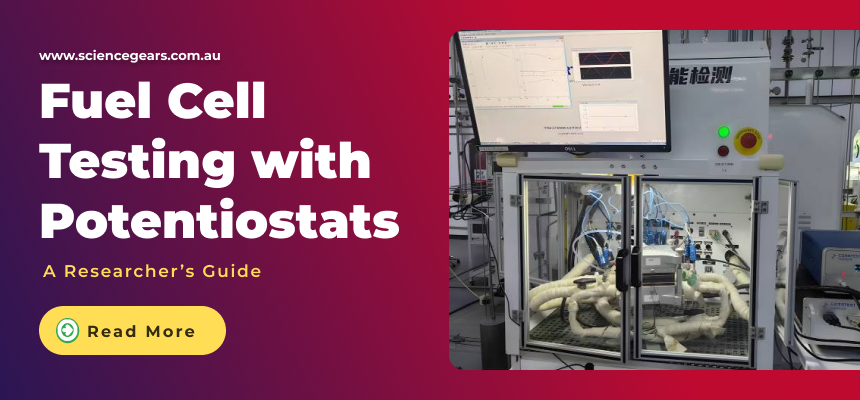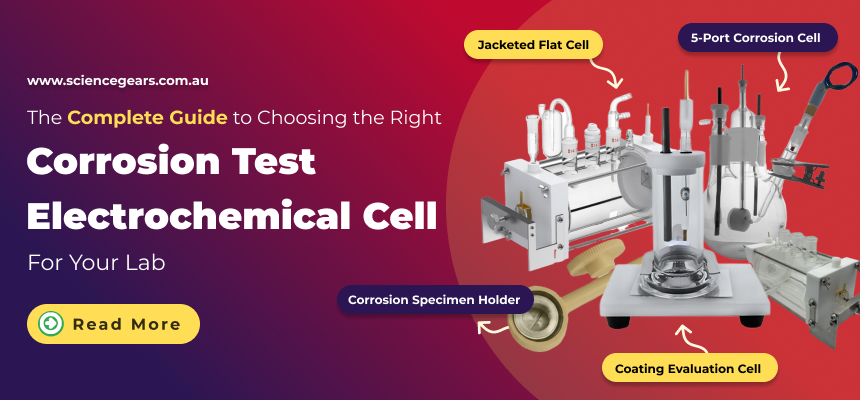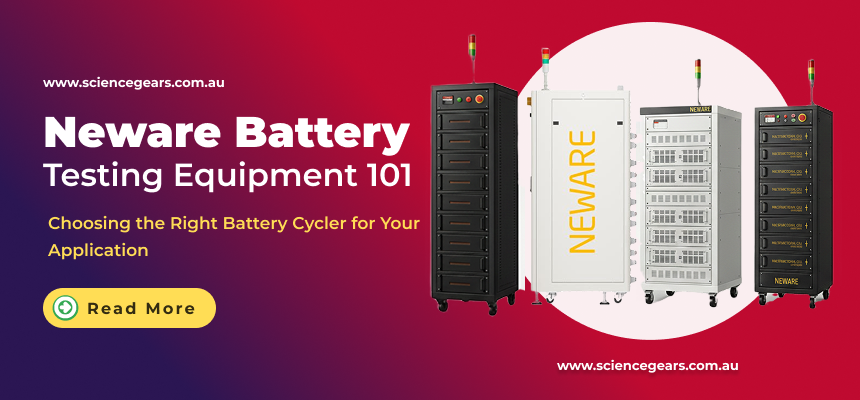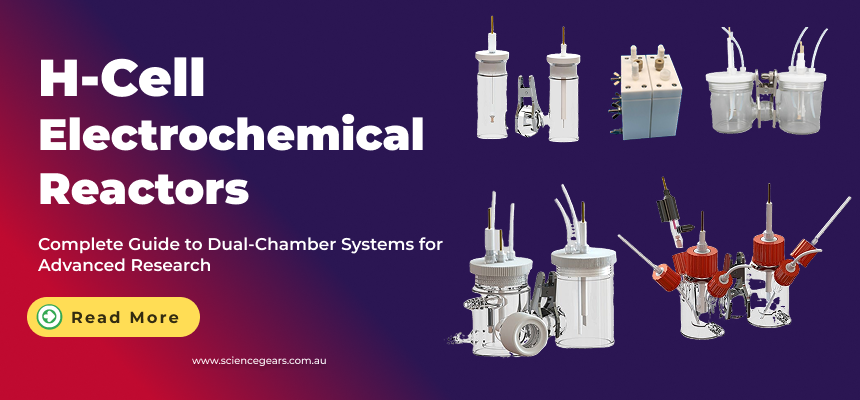Introduction
As the world transitions toward green energy, fuel cells—especially hydrogen-based systems—are gaining momentum as efficient and clean power sources. Whether you're optimising a membrane electrode assembly (MEA) or evaluating electrocatalyst performance, precise electrochemical control is essential.
This is where potentiostats come into play.
A potentiostat enables researchers to control and measure voltage or current across a fuel cell, while monitoring key parameters like impedance, power density, and internal resistance. It is a vital instrument in both academic labs and industry settings for fuel cell characterisation, durability testing, and material development.
How Fuel Cell Testing Works
A typical fuel cell test bench includes:
- A single or multi-cell MEA setup
- Gas flow controllers for hydrogen and oxygen/air
- Humidification and temperature control
- A load bank or potentiostat for electrochemical analysis
The potentiostat interfaces with the MEA via current collectors and controls:
- The applied voltage or current
- Measurement of I-V behaviour
- AC signal perturbation for impedance analysis (EIS)
Modern potentiostats allow direct control over electrochemical load while simultaneously recording real-time performance data — all with millisecond precision.
Electrochemical Techniques Used in Fuel Cell Testing
Polarisation Curves (I-V plots)
- Evaluate fuel cell performance at different load levels
- Reveal activation losses, ohmic losses, and mass transport limitations
Electrochemical Impedance Spectroscopy (EIS)
- Decomposes total cell impedance into individual components (e.g., membrane resistance, charge transfer resistance)
- Used for diagnostics, degradation studies, and modelling
Cyclic Voltammetry (CV)
- Assesses catalyst electrochemical surface area (ECSA)
- Evaluates hydrogen adsorption/desorption on platinum electrodes
Hydrogen Crossover and Leakage Testing
- Detects unintended H₂ diffusion across the membrane
- Critical for membrane durability and safety studies
Key Parameters Measured
| Parameter | Purpose |
| Open Circuit Voltage (OCV) | Baseline voltage without load |
| Internal Resistance (IR) | From the EIS or IR drop |
| Power Density | Maximum power output per area |
| Charge Transfer Resistance (Rct) | From the Nyquist plot semicircle |
| Warburg Impedance | Mass transport effects |
| Double Layer Capacitance (Cdl) | Interface kinetics indicator |
| ECSA |
Electrocatalyst surface area from CV |
Choosing the Right Potentiostat for Fuel Cell Testing
When selecting a potentiostat for fuel cell applications, consider:
|
Factor |
Importance |
|
Current Range |
Fuel cells require high-current (e.g., up to ±20 A) options |
|
Voltage Compliance |
Higher compliance is needed for multi-cell stacks |
|
EIS Frequency Range |
Ensure capability from 10 µHz to 1 MHz for full impedance profiling |
|
Software |
Advanced fitting tools, automation scripts, and real-time plotting |
|
Multi-channel Capability |
For simultaneous testing of multiple MEAs |
|
Stability |
Essential for long-term durability studies |
Recommended Systems from ScienceGears
- Zahner Elektrik – Known for its gold-standard EIS and stack testing
- Squidstat by Admiral Instruments – Compact and affordable fuel cell-compatible potentiostats
- Corrtest – High-current options ideal for durability and performance testing
View: Potentiostats & Galvanostats
View: Single-channel
View: High current boosters
Real-World Applications
- Universities and Fuel Cell Research Centres – Material development and electrocatalyst analysis
- Hydrogen Startups – Fuel cell stack validation and QC
- Automotive and Aerospace – PEMFC durability and impedance modelling
- Membrane Manufacturers – Hydrogen crossover and membrane degradation studies
Conclusion
Fuel cells represent a promising pillar of the clean energy transition — but their real-world deployment hinges on robust electrochemical testing.
A high-quality potentiostat enables researchers to measure, optimise, and model fuel cell performance with precision. From single-cell experiments to full-stack validation, ScienceGears offers the tools and support needed to accelerate fuel cell innovation in Australia and New Zealand.
Call to Action
Ready to enhance your fuel cell testing setup?
Contact ScienceGears today for expert advice and explore our range of fuel cell-compatible potentiostats and accessories.







